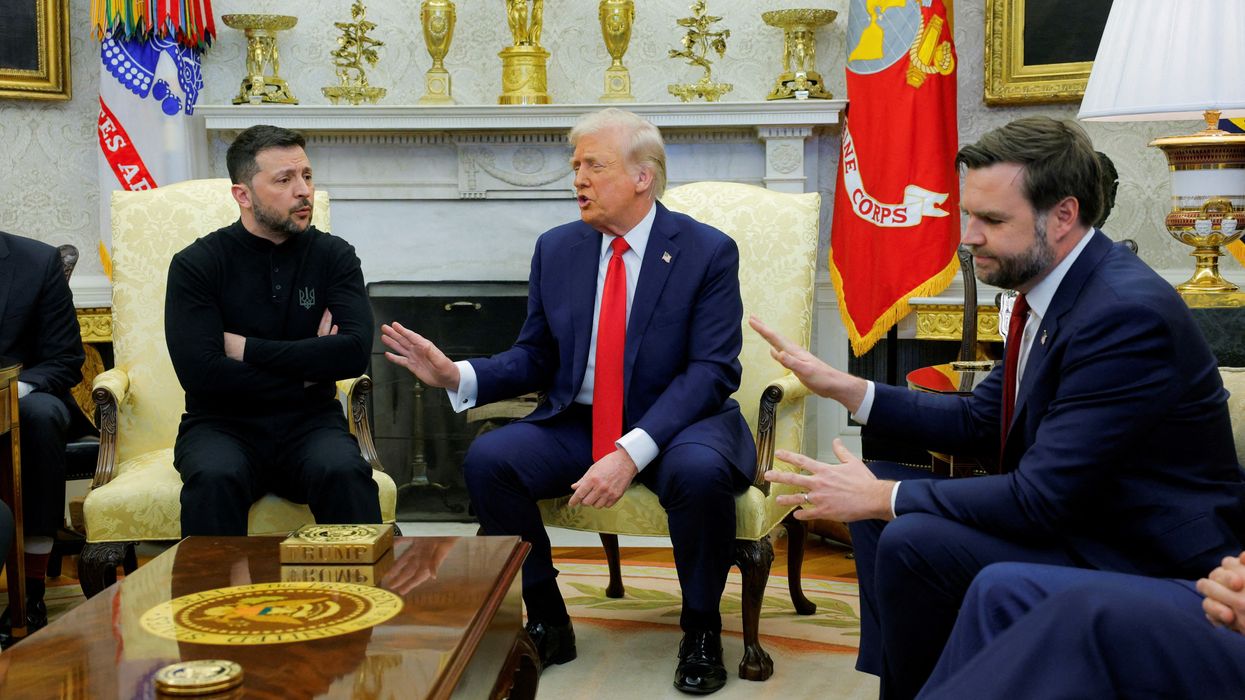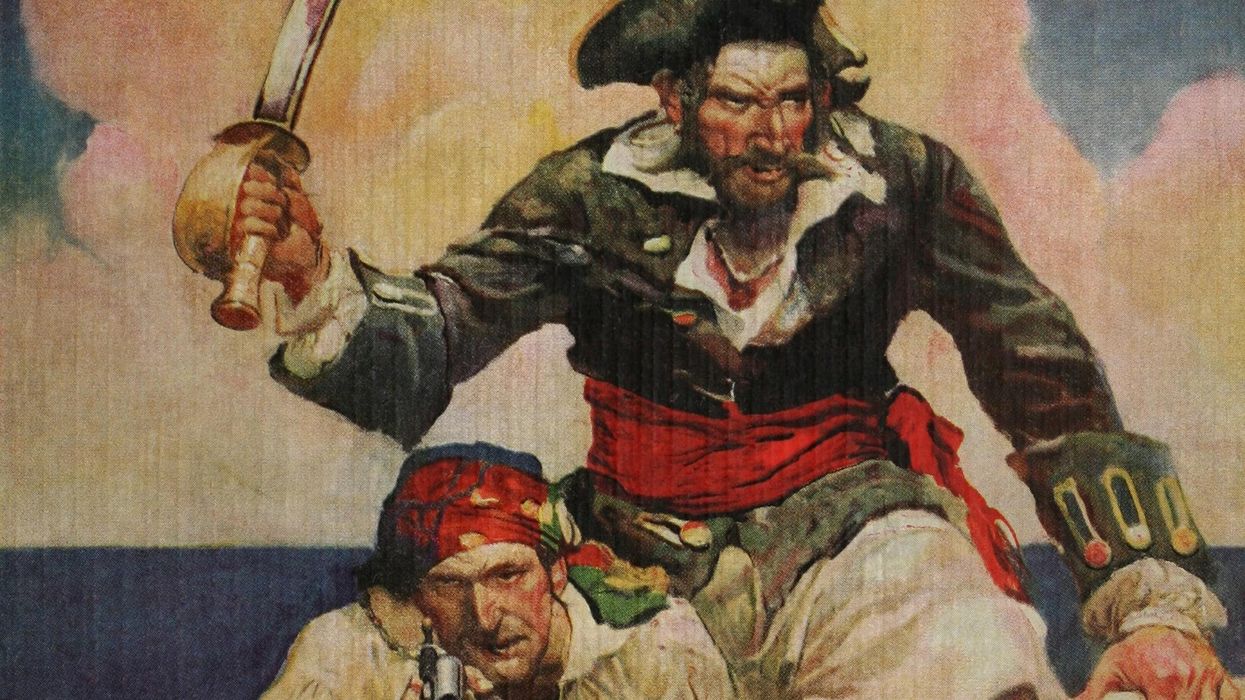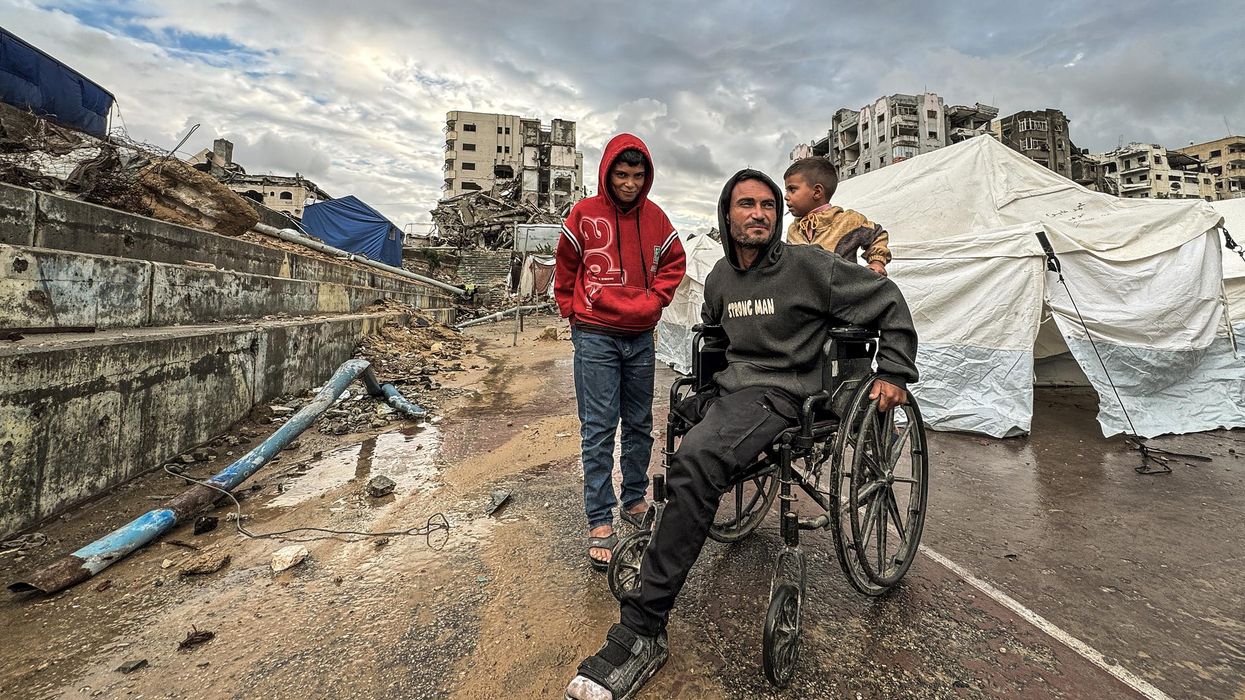Last year, NATO scheduled a summit meeting in Madrid for this June 29-30. At the time, it made sense. Now, with war in Ukraine, it doesn’t. The summit needs to be postponed.
President Joe Biden has done a mostly artful job in managing the various pieces of the West’s response to Russia’s aggression against Ukraine. That has been based on dealing with the allies either individually or in short bursts on Zoom. But bringing them all together is highly risky. The risk is intensified by the media’s role, finding and highlighting all the alliance fissures in attitudes and actions.
At least one allied leader, Hungary’s prime minister, Viktor Orbán, supports Russia. One, France’s president, Emmanuel Macron, said that the West should not humiliate Vladimir Putin, until partly retracting. The United States has been ambiguous. While Secretary of Defense Lloyd Austin has said the United States hopes Russia will be “weakened” by the war,” President Biden has been cautious about not provoking a wider war or expanding U.S. goals with Russia. Washington has also told Ukraine that it will not provide weapons that could extend the war into Russian territory.
Some allies are willing to provide weapons to Ukraine. Most are not; some are talking about providing advanced weapons but doing little; and some are chary of providing transit for these weapons, lest they become next on the Russian “hit list,” as Russia’s president, Vladimir Putin, has threatened.
One thing is certain for the summit: Ukraine’s president, Volodymyr Zelensky, will make a spirited presentation by video. He will underscore the suffering in Ukraine, with graphic pictures; point out that the West is tolerating a war of attrition, limited to Ukraine; and demand more practical military support than the allies will be prepared to provide. That will be the emotional high point at Madrid.
The U.S. and NATO task has been further complicated by Finland’s decision to apply for NATO membership. (Sweden has also applied, but that’s less consequential because it does not have a border with Russia). Finland’s joining would add another 830 miles of NATO border with Russia; yet despite Finland’s robust military capabilities, there is no plan or capacity for NATO to honor a military commitment to defend it. Further, Turkey’s president, Recep Tayyip Erdoğan, says he will veto a decision to invite these two Nordic countries to join, because of Kurdish political activities there — and NATO operates by consensus, a unit veto. In the end, he may recede if he gets his price, denominated mainly in U.S. high-performance weapons.
But there would be a lag between inviting Finland and Sweden to join NATO and ratification by all 30 NATO allies, including a two-thirds vote in the U.S. Senate. The Biden administration has promised bilateral security assurances for the interim, but Washington has no practical means for honoring those assurances, except through some form of escalation, as would also apply to a Russian assault on a Baltic state. And that raises the question of nuclear weapons.
All NATO countries are naturally — and correctly — desperate to keep nuclear weapons off the table, while Putin keeps putting them back on. Maybe he is bluffing; but even just a bluff about nuclear use is frightening and destabilizing.
Almost all the allies have joined in imposing sanctions on Russia but also worry about the blowback effects in higher prices at home and the consequent domestic political impact. The common narrative in West Europe is that sanctions on Russia are a principal cause of rampant inflation. Thus many European allies’ willingness to maintain today’s sanctions on Russia is already eroding. Likewise, the European Union has agreed to a phased reduction in imports of Russian oil and gas, but it's not clear yet that it will ever be implemented.
When this month’s summit was scheduled, it was to feature a new Strategic Concept. That will include the basics of defense, deterrence, increases in military spending, dealing with new types of threat, taking some steps regarding military deployments in vulnerable Central European allied states, plus a pro forma bow to dialogue with Russia. But no valid framework for NATO’s strategic and political future can be devised while the war goes on. With the plethora of uncertainties raised by Russia’s aggression and its many spin-offs affecting the alliance and its members, it’s not possible for NATO to chart a long-term course with any chance of remaining relevant, other than perhaps to declare a new cold war, with all its rigidities, costs, risks, and uncertainties.
In addition, when the allies meet, they will have to make some key decisions about what goes into the summit communiqué. At the 2008 NATO summit at Bucharest, President George W. Bush sought to get Ukraine and Georgia on the fast track to NATO membership, through Membership Action Plans. Many allies rebelled, given their unwillingness to consider either country for protection under the Treaty of Washington’s Article 5. The compromise was to state that Ukraine (and Georgia) “will become members” of NATO, which in European diplo-speak meant probably never.
But given the haste with which this formula was put together, few among NATO leaders realized that that was the actual moment of commitment. It was seen as such both by Putin and by the Georgian president, Mikhail Saakashvili, who used that pledge to try recovering territories in South Ossetia. Georgia’s troops were crushed by Russia’s. That should have sent a signal to NATO that agreeing to push NATO’s borders right up against Russia in Ukraine, on the classic invasion route to and from Central Europe, could not be tolerated by any government in the Kremlin. The lesson was not learned, and NATO has repeated the “will become members” formula at every major meeting since then.
But NATO’s including ”will become members” in its Madrid communiqué would only exacerbate the Ukraine crisis — uselessly so, since it has always been clear that Ukraine could never get unanimity among the allies to be given the NATO Treaty’s Article 5 commitment to declare war if it were invaded. But if the statement is left out, the media (and others) will see that as backing down in the face of Russia’s aggression. It’s no-win for NATO and thus another reason not to have a summit at all.
Biden can continue trying to manage all these disparate elements in gossamer-thin NATO understandings about what to do about Russia and Ukraine. But getting everyone in the alliance together in the same room for two days is guaranteed to expose all the cleavages and could produce even more. The media will highlight them all. The summit would thus risk major failure, with negative longer-term impact on both NATO and America’s reputation for reliable leadership.
It would be far better to postpone the summit rather than risk seeing it fail, as is now likely. Bureaucratic inertia is driving the process forward. But political leaders, notably President Biden, need to see farther and put off the summit.
















